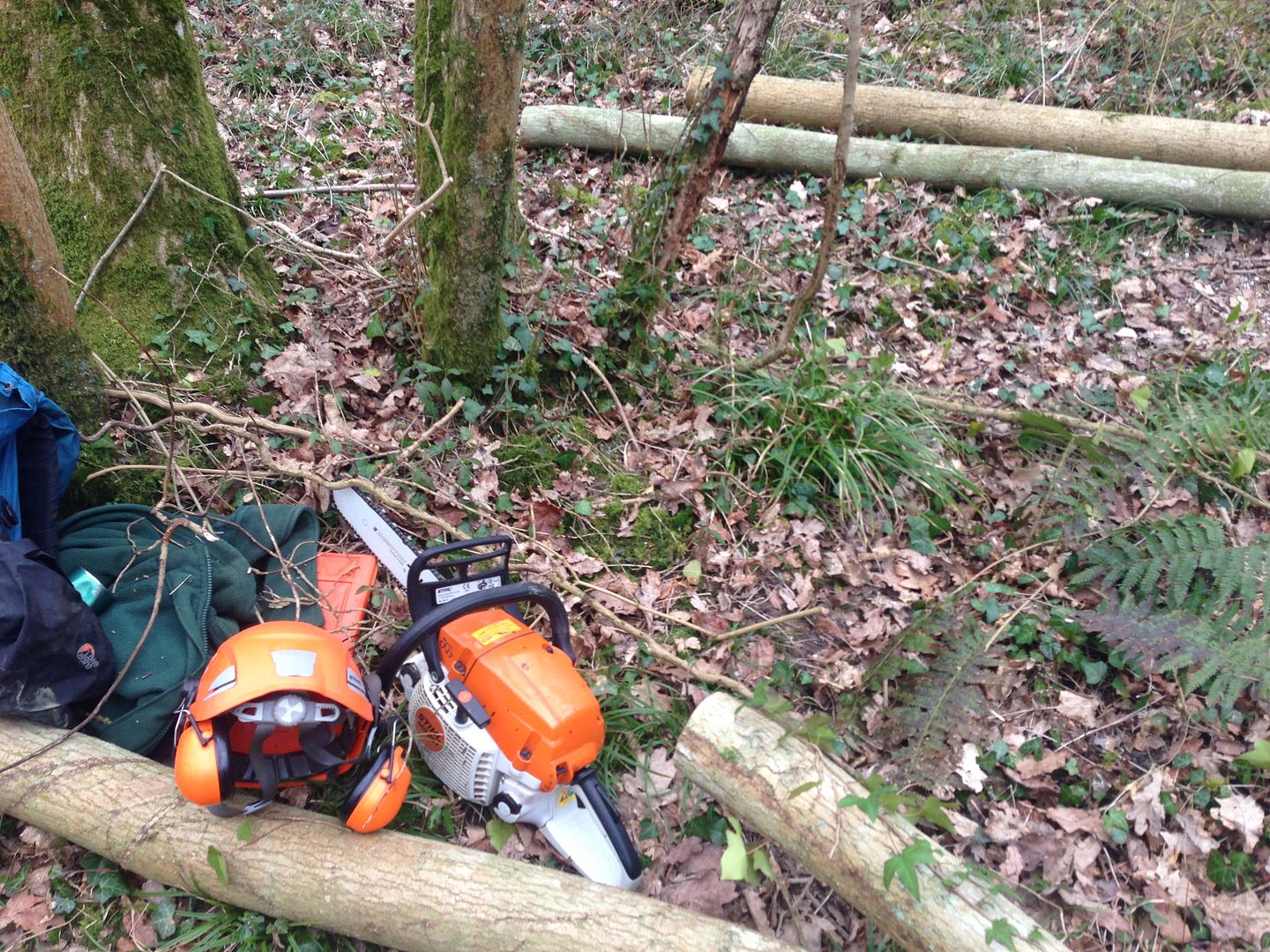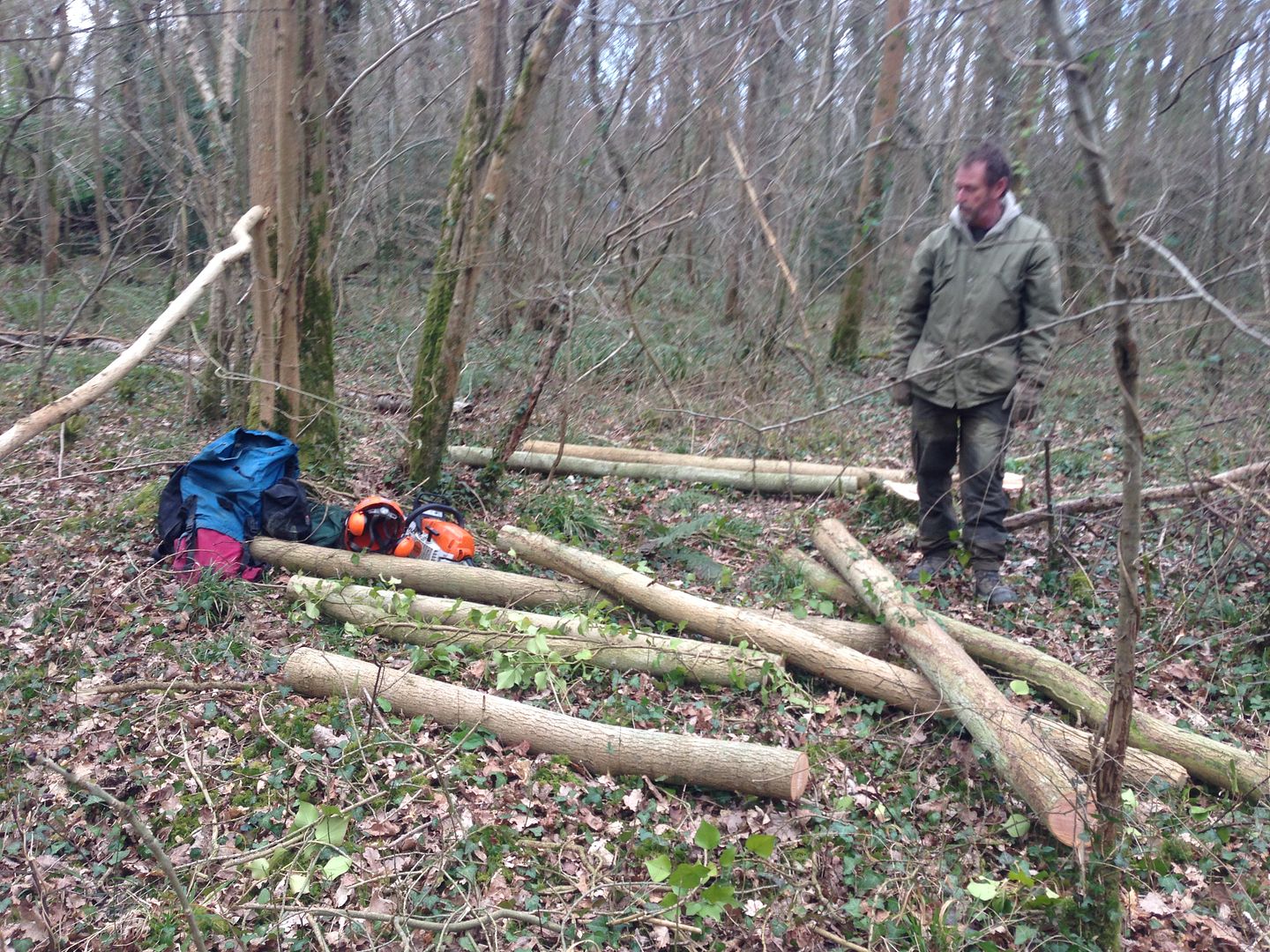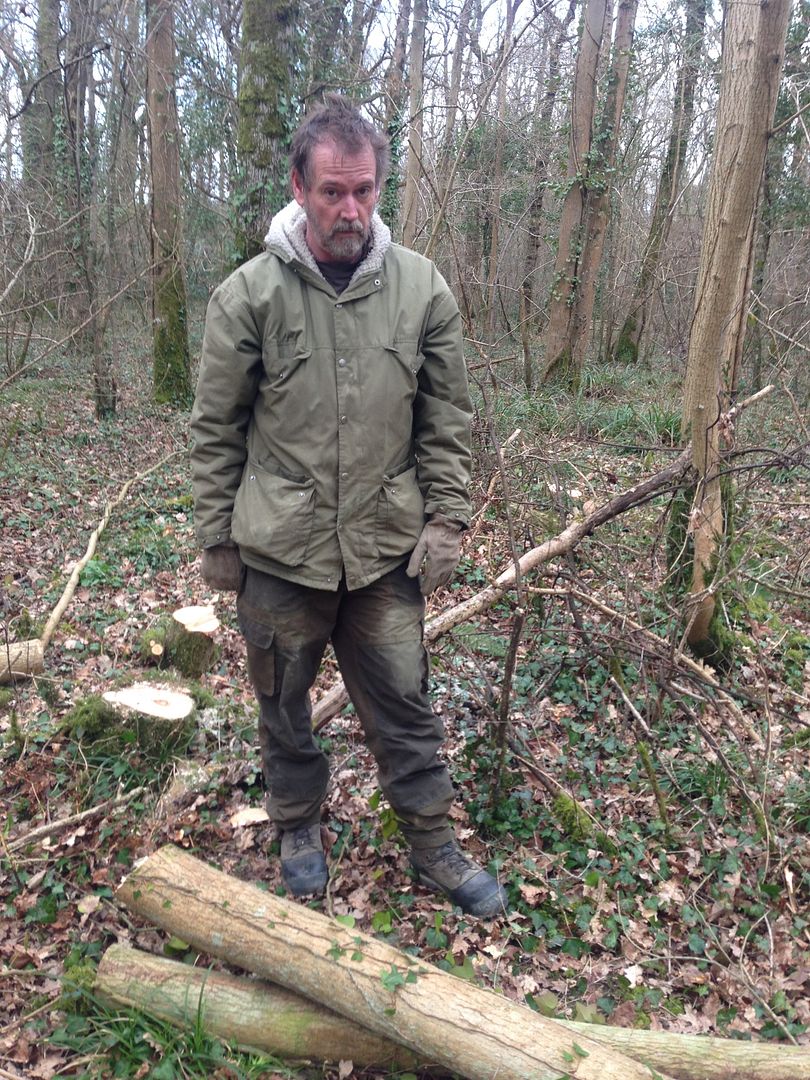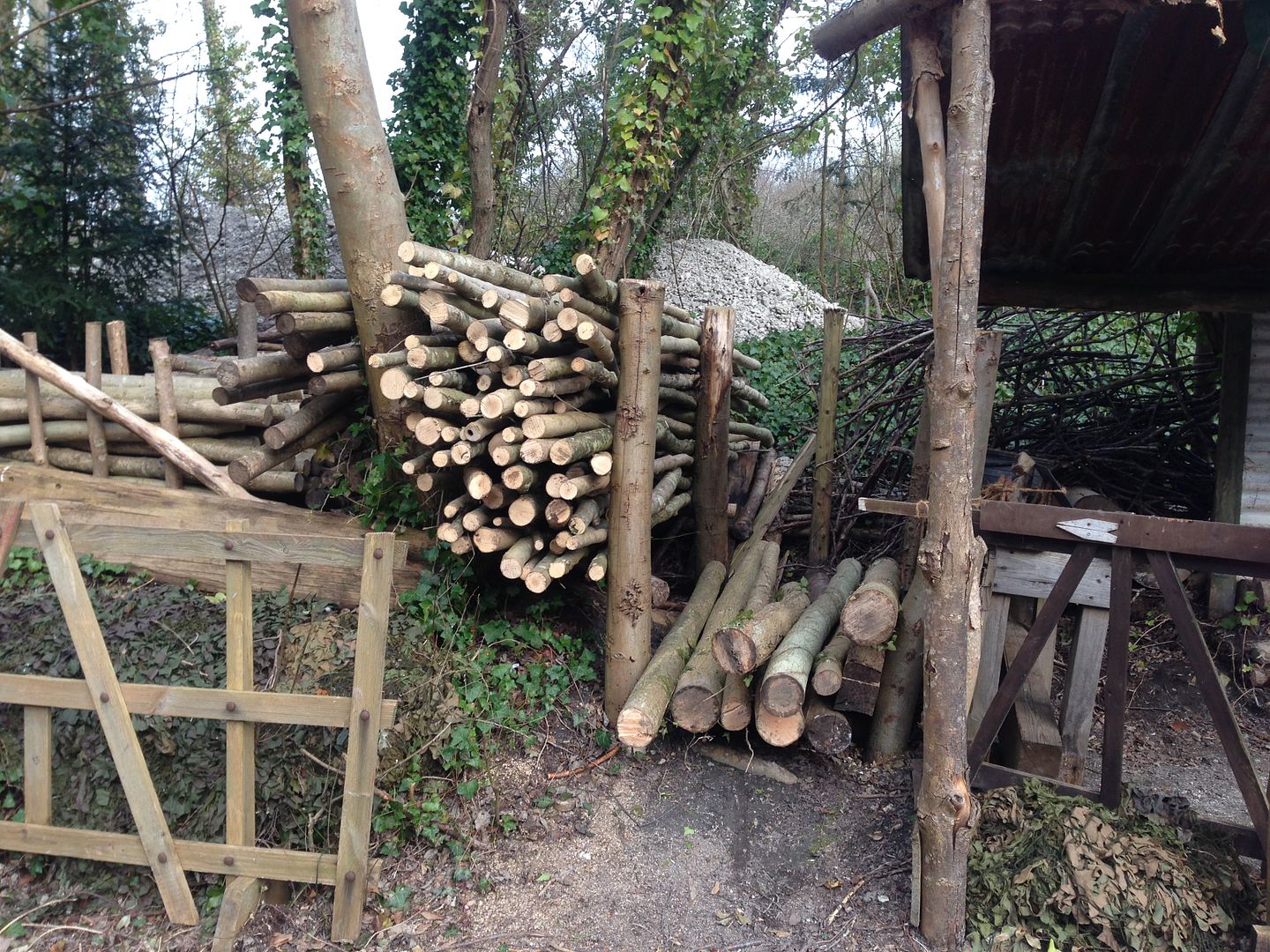Tonbridge Canoe Club First Aid Course.
Once again the Forest Knights team headed over to Kent to run a First Aid Course for our friends at Tonbridge Canoe Club. We have been training their canoe coaches for a number of years. It's always great fun to train like minded enthusiastic students that really enjoy learning new skills and who may put those skills into practice effectively should they ever be needed.
We had a full course of 12 students and 2 staff to keep them on their toes with a range of increasingly complex scenarios.

In the morning it's always good to benchmark the skills of students with a nice simple casualty. In this case Beth is a walker that has slipped on the wet grass and inadvertently twisted her ankle.
What would you do if one of your party injures herself whilst out walking? How should you react? There are very few absolutes in the outdoors and a lot will depend on your location and the conditions you are faced with.
In this case the weather whilst cold and damp is not particularly challenging. The ambulance response time is going to be pretty quick if Beth's condition worsens. What equipment are you carrying to help you. You should always have a First Aid Kit for example.
I carry a Sam Splint in my day pack and the Evac Pack Field Kit.
The groups first priority is to do a proper assessment of the situation and then make the best decisions possibly to ensure the safety of everyone in the group including the casualty and rescuers.
The first rule of First Aid is do not become a casualty yourself.
It is all too easy to want to rush in and start treating a casualty before you have done a proper risk assessment of the situation.
Is it safe for the rescuers to approach?
Can I safely offer any useful assistance?
Your best course of action maybe just to let the victim know you are there and you will go for help. Remember mobile phones may not have a signal and you may have to travel some distance to contact the emergency services.
In this case the injury is not life threatening and at first glance should be simple to self rescue. We need to consider how we are going to evacuate the casualty and how long that will take consultation with the emergency services.
Remember our role as first aiders is to treat our casualties and to prevent harm whilst ideally transferring them to the hands of the emergency services as soon as is practical. It is terribly lonely treating a seriously ill person waiting to hear the sound of the ambulance approaching. 5 minutes feels like an hour and remember response times in more remote locations can sometimes be measured in hours.
Back to Beth. She looks happy enough for someone with a badly twisted ankle. It's the end of February and we are in the outdoors so we must consider that Beth is suffering from Hypothermia, Hypoglycaemia and dehydration. All outdoor casualty's must be treated for these conditions. The group have quickly got Beth onto a mat to stop heat loss from the ground and wrapped a spare jacket around her shoulders.
Never give a casualty your personal kit.
Spare group clothing is fine but remember the first rule and do not become a casualty yourself. It would have been nice to have given Beth a spare hat and perhaps got her into a Bothy bag whilst the first aider on scene did a proper assessment of her injuries and the group leader formed an action plan.
What other considerations are there for the leader?
Once it is determined that her only injury is a twisted ankle and this wasn't caused by some other underlying issues. The group leader determined it was safe for Beth to be supported and self rescue was appropriate.
As the day progresses the casualty injuries become more complex and the number of causalities increases to ensure all members of the course are challenged and given an opportunity to practice not only their first aid skills but also consider issues of communication and leadership.
It's easy to become too focussed on the problem before you and to lose sight of the bigger picture.
This picture shows our chief Instructor playing the role of a casualty fallen out of a tree wedged between the two of the willows trunks. Complaining of headache, back pain and having difficulty breathing. This is was the least accessible location for me to be in a depression on the river bank amongst brambles in the mud. Typical of the the banks of the Medway.
You're paddling the river with a group of friends and you hear my cry for help what would you do?
Keep it simple.
Once again the first rule applies do not become a casualty yourself.
Once its safe to approach and you know there is no risk from the river or from falling branches I may have dislodged in my fall we need to do a quality rapid assessment of the casualties medical needs. A thorough examination of the injuries and a good medical history needs to be taken in case the casualty loses consciousness. My signs and symptoms are pretty clear. I have fallen out of a tree whilst searching for eggs. I have banged my head on the way down injured my chest and have an odd numb sensation in my left leg. I am otherwise physically healthy but I have recently stopped taking Amisulpride.
The mechanism of injury suggests that the casualty is likely to have suffered a possible head and spinal injury. The examination has determined that there is a large bump on the back of the head some discomfort in the chest and loss of sensation in the lower limb. Ideally one would choose to keep the casualty calm offer lots of TLC and await for the emergency services to arrive. On an outdoor first aid course life is never that simple and casualty's breathing is becoming more laboured and his pulse is becoming much faster. The outcome is looking bleak. The options are discussed amongst the rescuers. Life over limb, the chest injury is more severe that first thought and they may need to perform CPR. The casualty's level of conscious is decreasing I am unable to communicate. The decision is made to move the casualty to place of safety where CPR etc can be safely administered.
This was just one of the casualties being treated at the time.

There was a crush injury whilst someone was trying to lift a heavy kayak onto a high rack and another woman running for help had fallen over and gashed her scalp.
We had a blast demonstrating a range of first aid skills and there was lots of discussion on the right and wrongs of one particular treatment over another. Our roles as coaches is to enable our students to learn and retain as much information as possible but also to give the the skills and confidence to apply their knowledge and equally important to understand the limitations of their training and know when its better to stand back and wait for the professionals.
Course Content.
First Aid in the Outdoors
Responsibilities of the First Aider FPOS.
Action in an Emergency
Scene Management
Triage.
Communications.
Primary Assessment
Secondary Assessment
Casualty Care. Movement and handling.
Breathing & Circulation
Principals of Resuscitation
Hypoxia (wilderness setting)Airway Obstruction
Removal of helmets
Disorders of Circulation
Shock recognition and treatment
Wounds & Bleeding
Techniques
Diabetes.
Effects of Heat & Cold
Chest Trauma.
Fractures & Spinal injuries
Poisoning
Incident Management
Foreign Bodies
Evacuation Incident Management
Burns & Scalds.
We look forward to returning next year.













 There was a crush injury whilst someone was trying to lift a heavy kayak onto a high rack and another woman running for help had fallen over and gashed her scalp.
There was a crush injury whilst someone was trying to lift a heavy kayak onto a high rack and another woman running for help had fallen over and gashed her scalp.